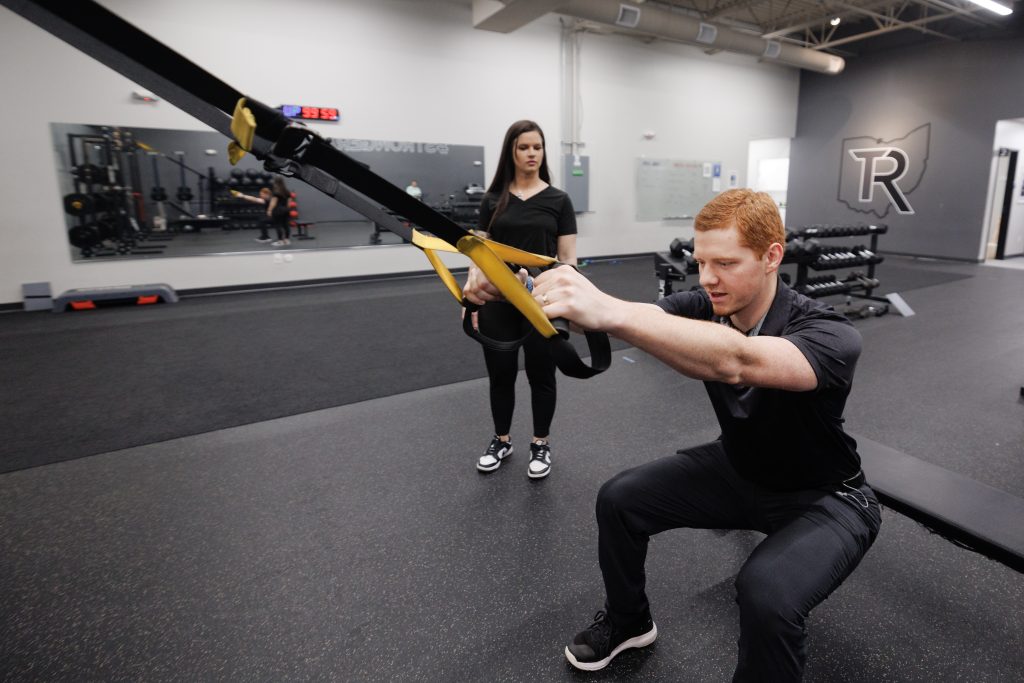Knee pain, often referred to as “cranky knees,” is a common complaint that can affect individuals of all ages. Whether due to overuse, injury, or conditions like arthritis, managing knee pain effectively requires a combination of strategies. Here are five advanced tips to help you deal with cranky knees and improve your overall knee health.
1. Strengthen the Muscles Around Your Knees
Why It Matters: Strengthening the muscles that support your knees, such as the quadriceps, hamstrings, and calves, can reduce strain on the knee joint. Stronger muscles help stabilize the knee and absorb some of the shocks from daily activities.
How to Do It:
- Quadriceps Strengthening: Perform exercises like straight leg raises, wall sits, and leg presses.
- Hamstring Curls: Use a resistance band or gym machine to perform hamstring curls.
- Calf Raises: Stand on the edge of a step and slowly raise and lower your heels.
Advanced Tip: Incorporate resistance training into your routine at least three times a week, gradually increasing the weight and intensity to build muscle strength effectively.
2. Optimize Your Footwear and Orthotics
Why It Matters: Wearing appropriate footwear and using orthotic inserts can significantly impact knee health. Proper support and alignment reduce the stress placed on the knees during walking or running.
How to Do It:
- Choose the Right Shoes: Select shoes that provide adequate cushioning and arch support.
- Use Custom Orthotics: Consult with a podiatrist to get custom orthotics designed to correct any biomechanical issues.
Advanced Tip: Regularly replace your shoes, especially if you engage in high-impact activities. Worn-out shoes lose their supportive properties and can contribute to knee pain.
3. Incorporate Low-Impact Exercises
Why It Matters: Low-impact exercises can help maintain your fitness without putting excessive stress on your knees. These exercises improve joint mobility and overall cardiovascular health while minimizing knee strain.
How to Do It:
- Swimming: Provides a full-body workout without stressing the knees.
- Cycling: Strengthens the muscles around the knees with minimal impact.
- Elliptical Trainer: Offers a low-impact alternative to running.

Advanced Tip: Combine low-impact exercises with flexibility and balance training, such as yoga or Pilates, to enhance joint stability and mobility.
4. Use Therapeutic Modalities
Why It Matters: Various therapeutic modalities can help manage knee pain and inflammation. These treatments can provide immediate relief and support long-term knee health.
How to Do It:
- Cold Therapy: Apply ice packs to reduce inflammation and numb the pain.
- Heat Therapy: Use heating pads to relax muscles and improve blood flow.
- Shockwave Therapy: Consider advanced treatments like focused shockwave therapy for tissue regeneration and pain relief.
Advanced Tip: Schedule regular sessions with a physical therapist to incorporate modalities such as ultrasound therapy, electrical stimulation, or dry needling into your treatment plan.
5. Maintain a Healthy Weight
Why It Matters: Excess body weight places additional stress on your knees, exacerbating pain and accelerating the wear and tear of the joint. Maintaining a healthy weight can significantly reduce knee pain and improve mobility.
How to Do It:
- Balanced Diet: Focus on a diet rich in anti-inflammatory foods, such as fruits, vegetables, lean proteins, and healthy fats.
- Regular Exercise: Combine aerobic exercises with strength training to manage weight effectively.
Advanced Tip: Work with a dietitian to create a personalized nutrition plan that supports weight loss and joint health, ensuring you get all the necessary nutrients for optimal knee function.
Conclusion
Dealing with cranky knees requires a multifaceted approach that includes strengthening exercises, proper footwear, low-impact activities, therapeutic modalities, and weight management. By incorporating these advanced tips into your routine, you can alleviate knee pain and improve your overall quality of life. Always consult with a healthcare professional before starting any new treatment or exercise program to ensure it’s appropriate for your specific condition.

Recent Comments